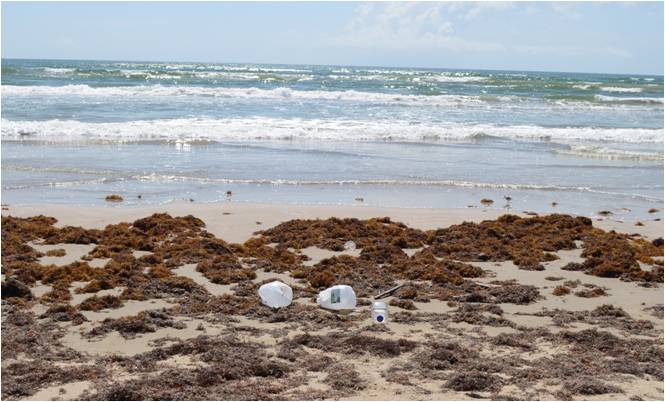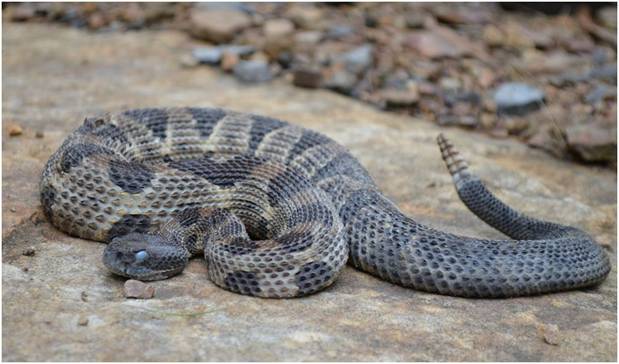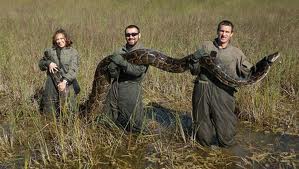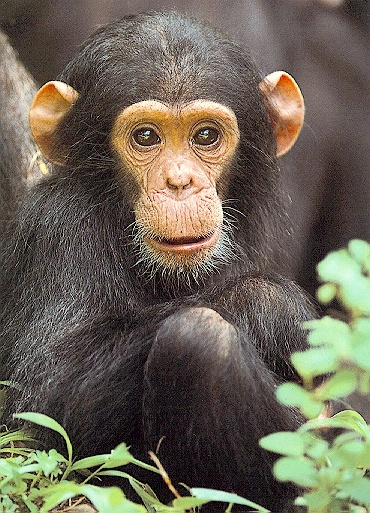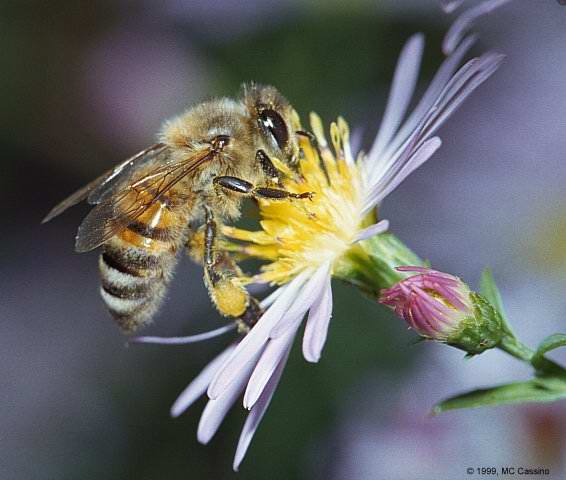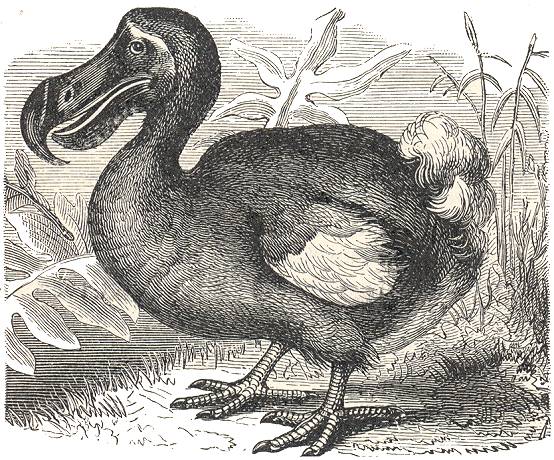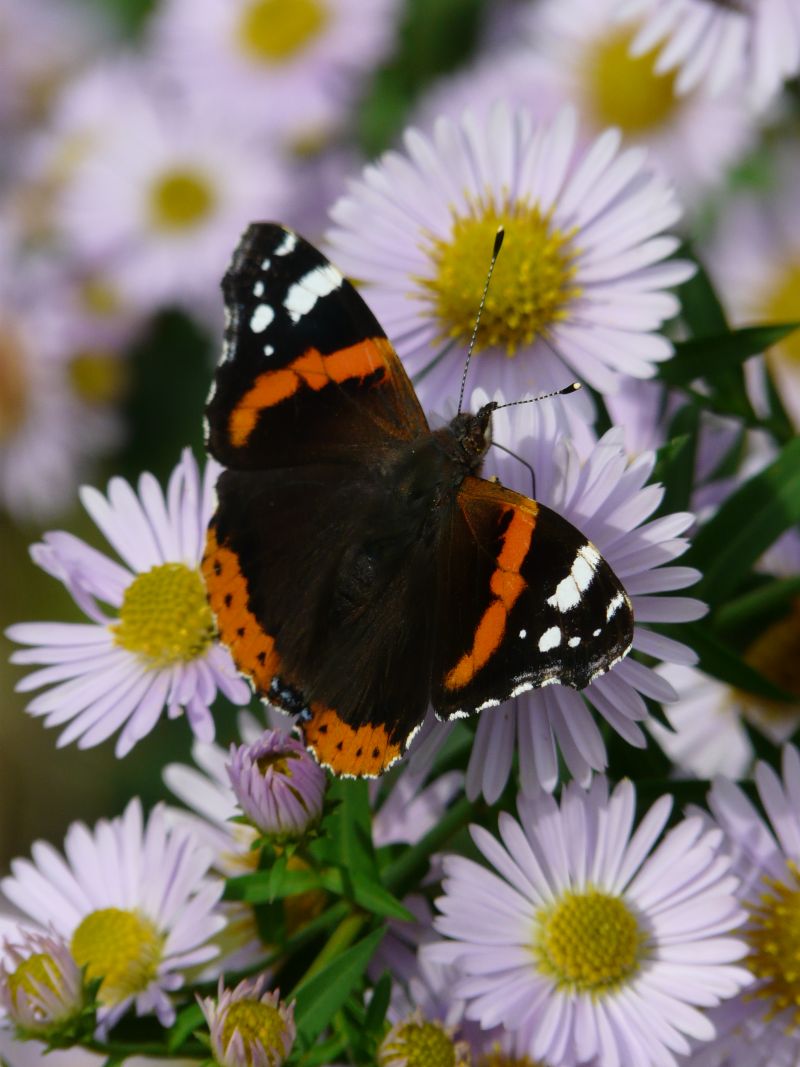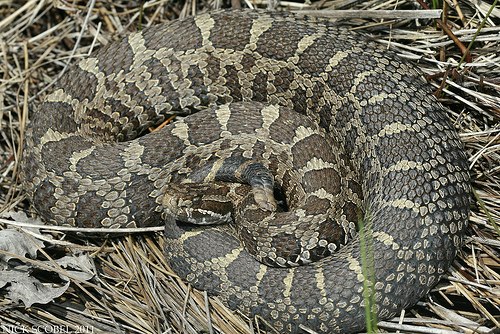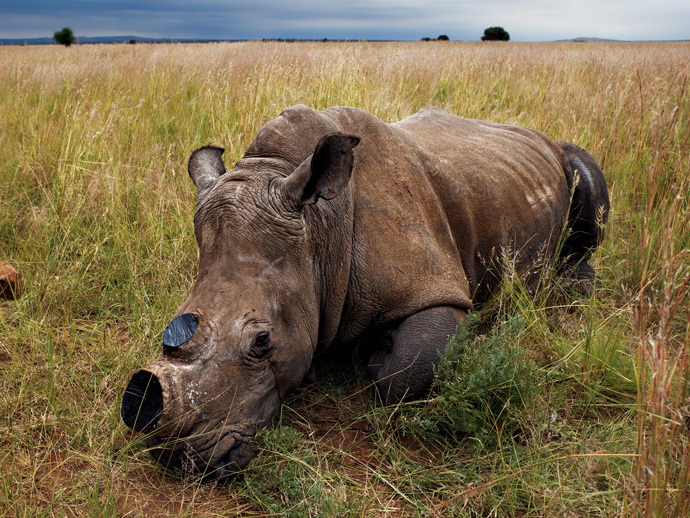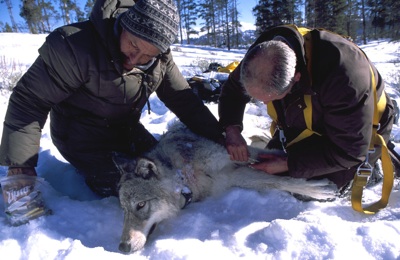Recently, my husband and I had the opportunity to travel across the southern gulf coast of the United States. The anticipation of visiting new shorelines and wildlife inhabiting these areas was almost too much. However, what we actually found was dismal and sad. It appears that humans have left their mark on the beaches in the form of refuse. Plastic containers and bags, glass bottles, abandoned tents and sun shades, and general debris littered hundreds of miles, if not more, of beach. Although it was obvious that a bit of the garbage had washed up during high tide, it was …
The Future of Our Oceans and Beaches
